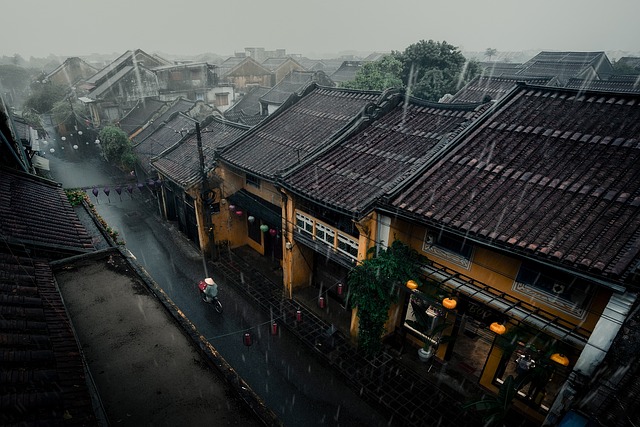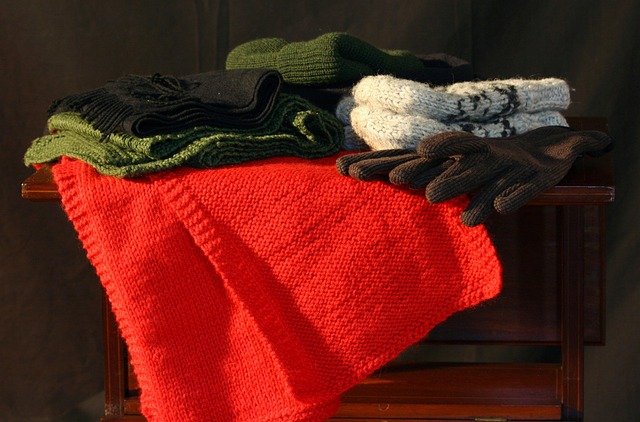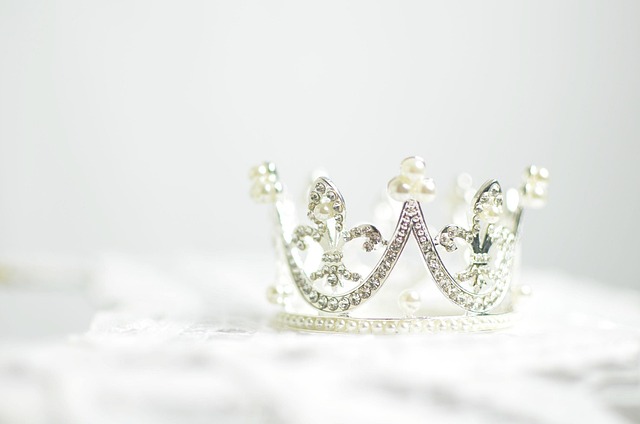Fashion has always been a language of expression, and the sweater—a staple garment—has become a canvas for that language. In recent years, designers have stepped beyond the classic knit textures and ventured into bold, colorful patterns that turn an everyday piece into a statement of individuality. This article explores how sweater art is reshaping modern fashion, from the history of pattern experimentation to the practicalities of creating vibrant, sustainable pieces that resonate with contemporary style seekers.
The Evolution of Sweater Art
The sweater’s journey began in the 19th century as a functional item for warmth, with simple color variations and minimal design. As knitwear technology advanced, designers introduced cable knots and ribbing, adding texture but not color complexity. The 1960s and 70s brought psychedelic motifs, reflecting cultural shifts, while the 1990s saw the rise of graphic prints and pop culture references. Today’s sweater art draws from a global palette, combining geometric abstraction, botanical motifs, and intricate hand-drawn illustrations. The result is a garment that feels both familiar and unexpectedly avant-garde.
Bold Colorful Patterns: Why They Matter
Color and pattern do more than decorate; they communicate mood, identity, and narrative. In a digital era saturated with monochrome interfaces, a sweater that bursts with color can serve as a visual anchor. Bold patterns encourage experimentation with layering, create focal points, and enable wearers to convey personal stories without words. For designers, pushing the limits of color complexity on knit fabrics challenges traditional notions of proportion, weight, and drape, thereby expanding the creative possibilities of garment construction.
Color Theory and Swatch Development
Effective sweater design begins with a deep understanding of color relationships. Warm hues—reds, oranges, yellows—evoke energy and visibility, while cool tones—blues, greens, purples—provide depth and sophistication. Complementary color pairs, such as blue and orange, create high contrast, whereas analogous palettes offer subtle harmony. Designers often use digital swatch libraries to test these combinations in virtual prototypes before committing to physical samples. This pre‑production stage reduces waste and ensures the final sweater achieves the intended visual impact.
Design Techniques: From Sketch to Pattern
The creative pipeline for a patterned sweater typically follows five stages: concept, illustration, digitization, pattern drafting, and knitting. Artists start with hand-drawn sketches that capture the intended motif, whether it’s a repeating floral or an abstract splash. These sketches are then vectorized to preserve scalability. Pattern drafting software translates the design into printable files, accounting for yarn stretch and fabric knit structure. Finally, the design is woven into the sweater using either traditional hand knitting or machine techniques, such as jacquard or circular knitting, which allow for intricate color placement.
Material and Yarn Choices for Vibrant Prints
Yarn selection is critical for color clarity and durability. Acrylic blends provide vivid color retention and are less prone to fading, while natural fibers like wool and alpaca lend texture that enhances pattern depth. Dyeing techniques—reactive dyes for polyester or fiber-reactive dyes for wool—ensure that colors stay vibrant after multiple washes. Additionally, incorporating metallic or iridescent fibers can add sparkle to certain motifs, elevating the sweater from functional to fashion-forward.
Sustainable Practices in Sweater Design
Modern consumers increasingly demand eco-friendly options. Sustainable sweater art incorporates recycled yarns, low-impact dyes, and waterless dyeing technologies. Designers can also adopt circular production models, offering repair services or fabric reclamation at the end of a garment’s lifecycle. By marrying bold patterns with responsible sourcing, brands not only appeal aesthetically but also ethically, creating a holistic value proposition for conscientious shoppers.
Case Study: A Modern Collection
Consider a recent collection that debuted a series of oversized, polka-dot sweaters. Each piece featured a distinct color palette—from pastel sunset hues to electric neon—achieved through digital printing on recycled cotton. The knit structure was intentionally loose to emphasize the printed pattern, while side seams were reinforced to maintain shape. The collection received praise for its playful yet sophisticated aesthetic, proving that vibrant sweater art can thrive in contemporary runways and streetwear scenes alike.
How to Bring Sweater Art into Everyday Wear
For individuals looking to incorporate bold sweaters into their wardrobe, layering is key. Pair a brightly patterned knit with neutral trousers or a simple midi skirt to let the sweater take center stage. Alternatively, use the sweater as a statement piece over a monochrome outfit, then accessorize minimally to avoid visual clutter. Seasonal considerations matter too; lighter yarns suit summer, while heavier knits are ideal for winter, ensuring comfort without compromising on design.
The Future of Sweater Patterns
Emerging technologies such as 3D knitting and programmable dyes promise to push sweater art further. Imagine a knit that changes color under different lighting or displays interactive motifs that shift with body movement. These innovations, coupled with a growing focus on sustainability, will likely redefine the boundaries of what a sweater can be—transforming it from a mere garment to a dynamic work of wearable art.
Conclusion
Bold, colorful sweater patterns are more than trendiness; they represent a convergence of artistry, technology, and social consciousness. By understanding the history, applying sound color theory, selecting appropriate materials, and committing to sustainable methods, designers and consumers alike can celebrate sweater art as a vibrant expression of modern fashion. As the industry continues to innovate, the sweater remains a versatile canvas—ready to capture the bold spirit of the times.




